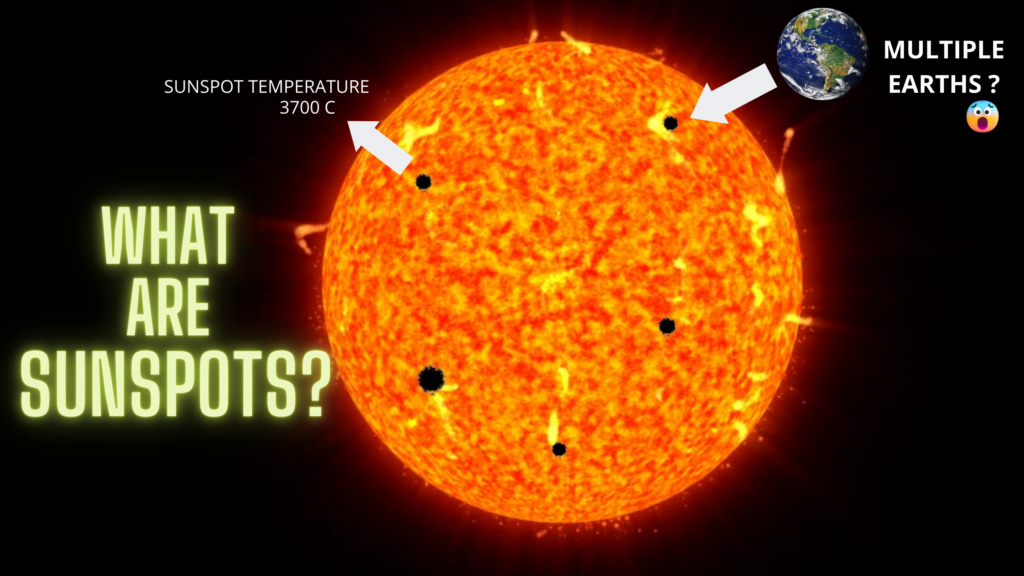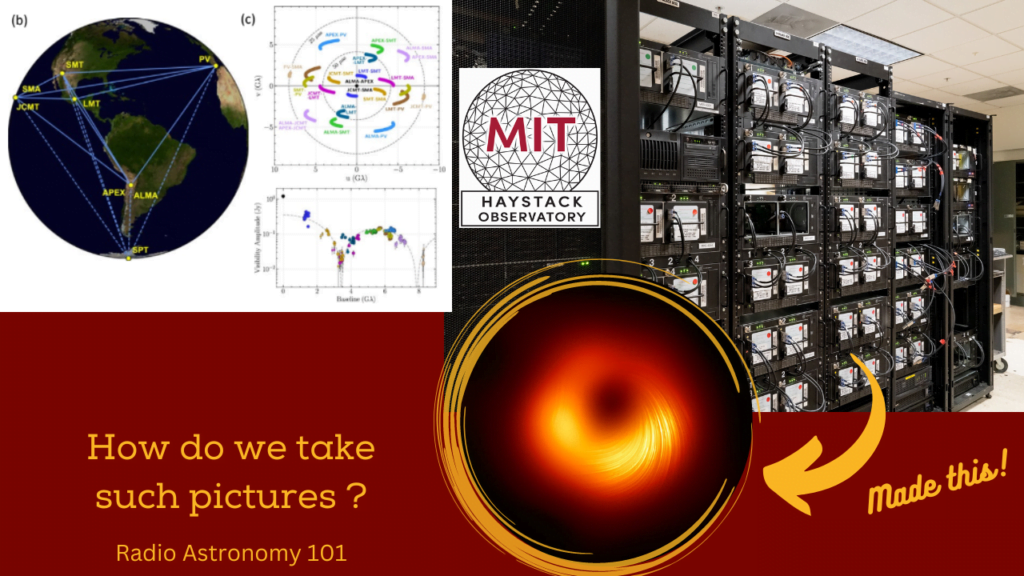The James Webb Space Telescope (JWST) is set to be one of the most powerful astronomical observatories ever built. It is designed to observe some of the most distant and ancient objects in the universe, including galaxies, stars, and planets. One of the most exciting targets for the JWST is the galaxy cluster known as Stephane’s Quintet. In this article, we will explore the JWST findings of Stephane’s Quintet and what they tell us about the evolution of galaxies.
Stephane’s Quintet
Stephane’s Quintet is a group of five galaxies located approximately 280 million light-years away from Earth, in the constellation Pegasus. The group was discovered by the French astronomer Édouard Stephan in 1877 and has been a popular target for astronomers ever since. The five galaxies are interacting with each other, causing intense star formation and creating spectacular cosmic phenomena, such as gas streams and tails.
The JWST Observations
The JWST is set to observe Stephane’s Quintet as part of its Early Release Science program, which is designed to test the telescope’s capabilities and provide valuable data for astronomers. The JWST will use its Near-Infrared Camera (NIRCam) and Mid-Infrared Instrument (MIRI) to observe the galaxies in detail.
The NIRCam is designed to observe objects in the near-infrared range, which allows astronomers to study the properties of stars and galaxies. The MIRI, on the other hand, is designed to observe objects in the mid-infrared range, which allows astronomers to study the properties of dust and gas in galaxies.
The JWST observations of Stephane’s Quintet are expected to reveal important information about the formation and evolution of galaxies. Astronomers are particularly interested in studying the gas and dust in the galaxies, as these materials are essential for star formation and play a crucial role in the evolution of galaxies.
What the JWST Findings Could Tell Us
The JWST observations of Stephane’s Quintet could tell us a lot about the history of galaxy formation and evolution. By studying the gas and dust in the galaxies, astronomers can determine the rate at which new stars are forming and the mechanisms that drive star formation.
The observations could also provide valuable information about the interactions between galaxies. When galaxies interact, they can trigger intense bursts of star formation and cause gas and dust to be expelled from the galaxies. These interactions can also lead to the formation of new galaxies through mergers.
In addition, the JWST observations of Stephane’s Quintet could shed light on the role of black holes in galaxy evolution. Many galaxies, including those in Stephane’s Quintet, have supermassive black holes at their centers. These black holes can influence the behavior of the gas and stars in the galaxies and play a crucial role in their evolution.
Overall, the JWST observations of Stephane’s Quintet are expected to provide important insights into the formation and evolution of galaxies. By studying the properties of the gas and dust in the galaxies, astronomers can learn more about the mechanisms that drive star formation and the interactions between galaxies. These findings could help us better understand the history of the universe and our place in it.
Conclusion
The James Webb Space Telescope is set to revolutionize our understanding of the universe, and the observations of Stephane’s Quintet are just one example of the exciting science that it will enable. By studying the gas and dust in the galaxies, astronomers can learn more about the mechanisms that drive star formation and the interactions between galaxies. These findings could provide valuable insights into the history of the universe and help us better understand our place in it.

